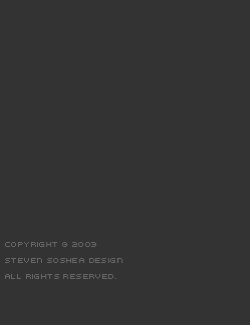
 |
Since it embraces any theory or style given its contextual pertinence, Organic Multiplicity exists as a design theory and methodology without a signature style or visual construct. By practicing design in this manner, the dialog of design can be focused upon the contextual relevance of a design solution, rather than squabbling between entrenched camps of specific visual doctrine. This creative freedom encourages us to develop an elasticity of expression. This creative flexibility enables us to develop solutions that are more suitable and sensitive to a specific contextual environment than would be afforded by more myopic conceptual or visual perspectives. Moreover, by promoting greater depth in expression, Organic Multiplicity impels us to evolve and grow cognitively and creatively, enabling us to develop a much richer and more harmonious creative working environment. By understanding design as the construct of pragmatic and quantifiable objectives set within conditional forces of personal expression and subjective interpretation and evaluation, Organic Multiplicity offers a more contextually appropriate manner in which to discuss and interpret the practice of design. By not having an allegiance to a specific visual formula, we are free to analyze and critique the various theories and visual vernaculars of design in an unbiased and objective manner. In
this sense, we are able to understand the analysis of design as
the observation and evaluation of conceptual ecosystems that are
present within a larger contextual environment, constructed from
objective and subjective forces. One of the most interesting outcomes of accepting subjectivity within design is in the understanding of paradox. Whereas more narrowly defined conceptual references disavow the relevance of contradictory stances, Organic Multiplicity accepts contradictory expressions of a design solution, as long as they are contextually appropriate. Indeed, a given solution may include contradictory relationships in order to give a greater depth to the fulfillment a project's requirements. In this manner, paradox can be considered as a form of expressive response to a design project. On a final note, the occurrence of paradox within design harmonizes with the presence of paradox within nature itself, as nature can be considered as symbiotic cycles of life and death. |
 |